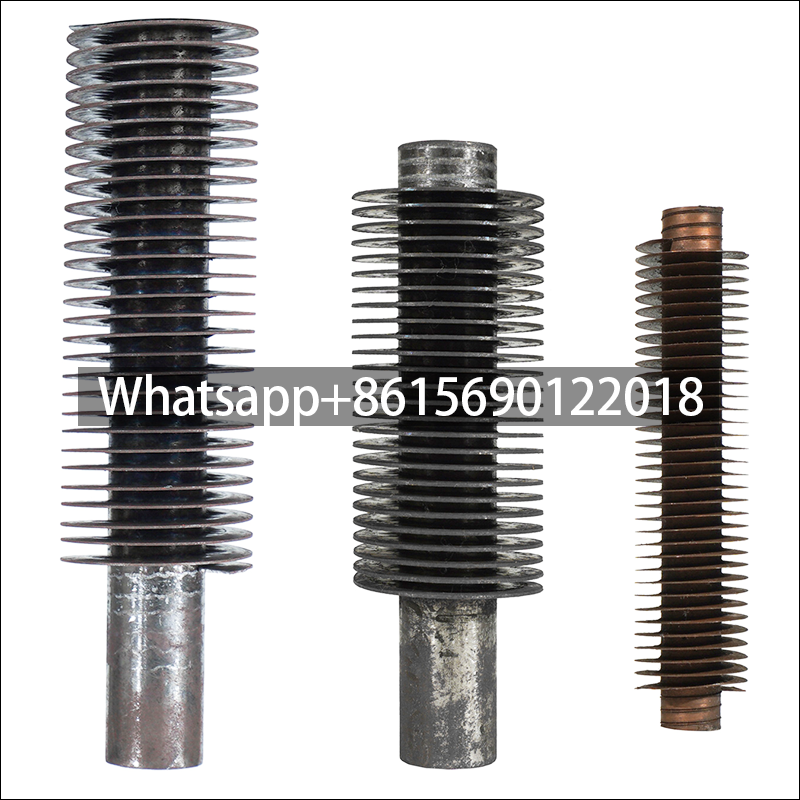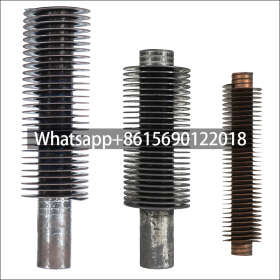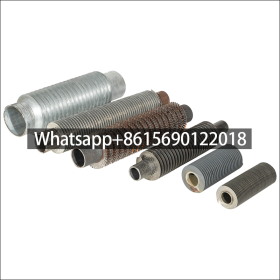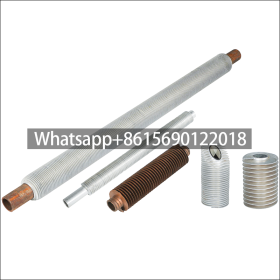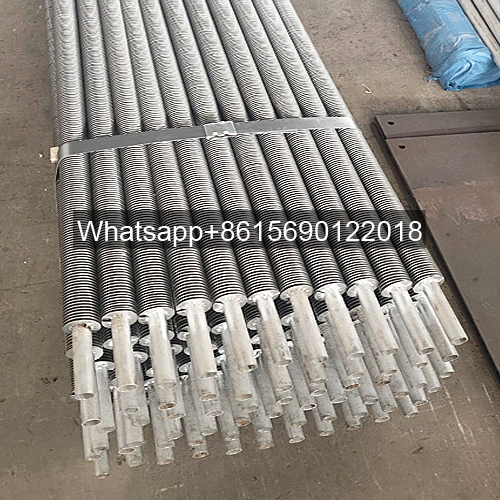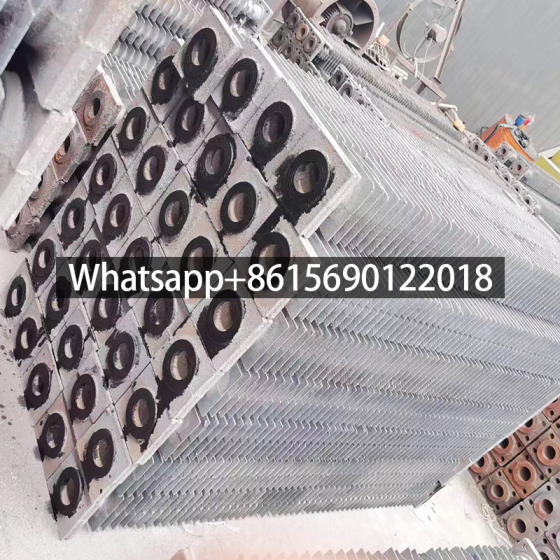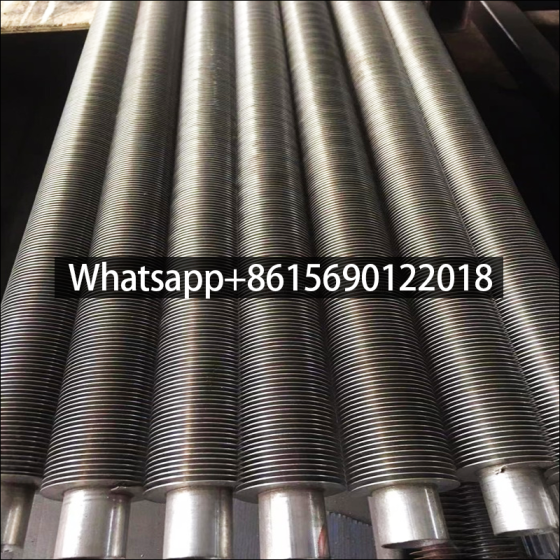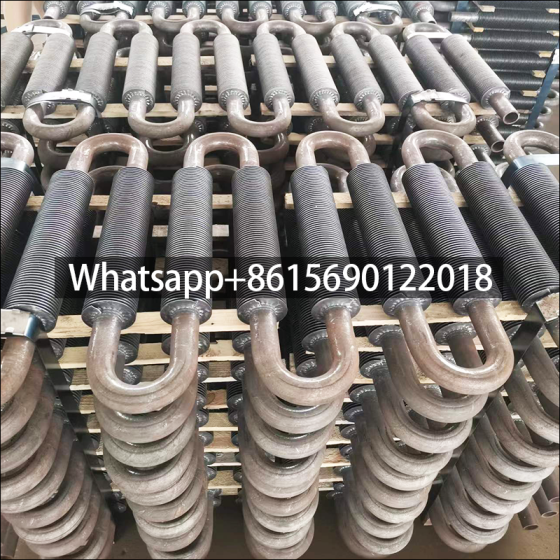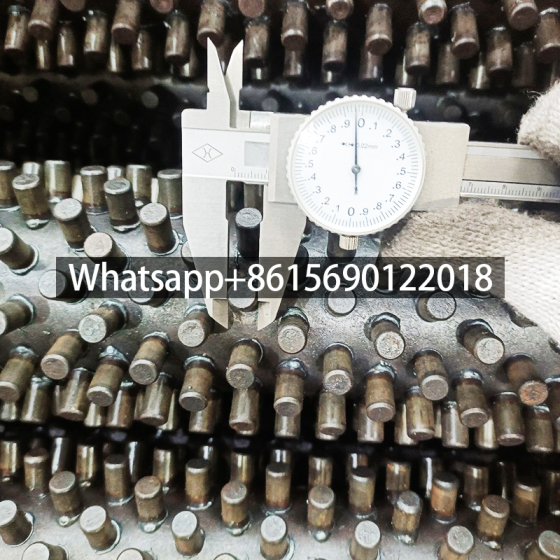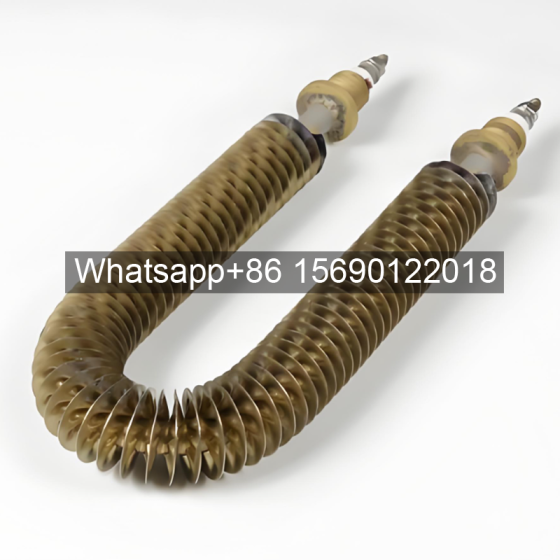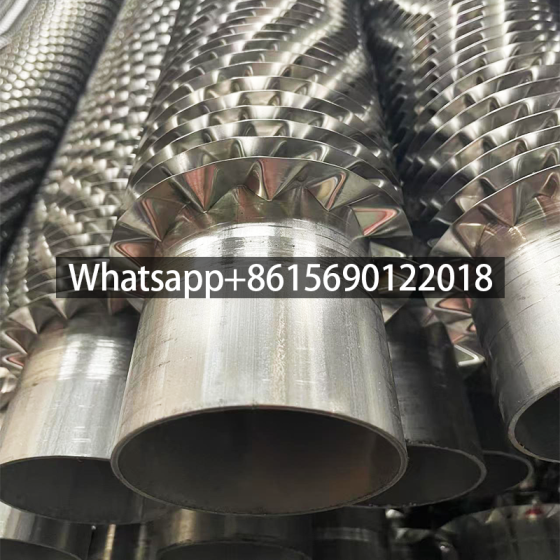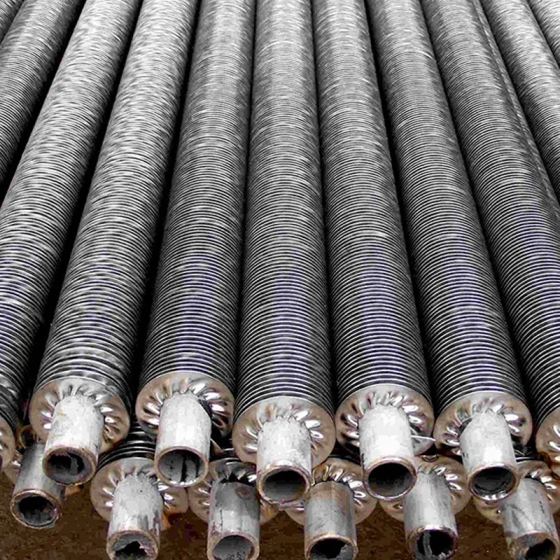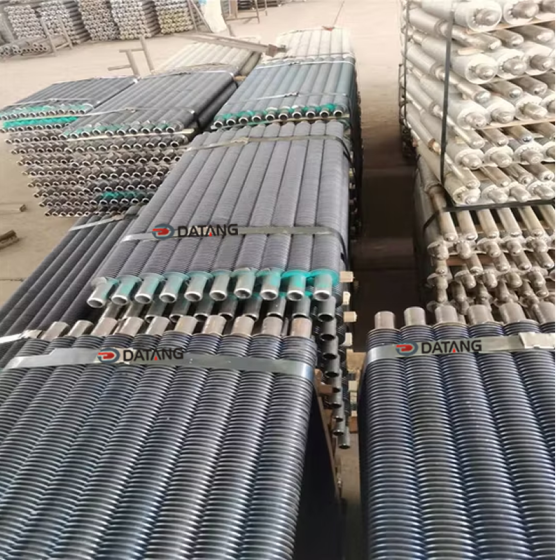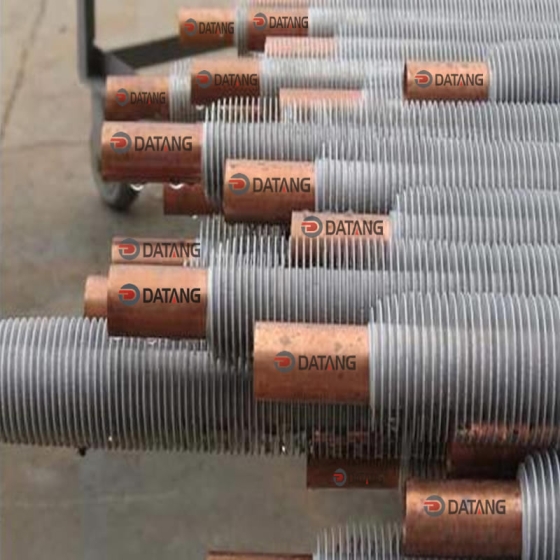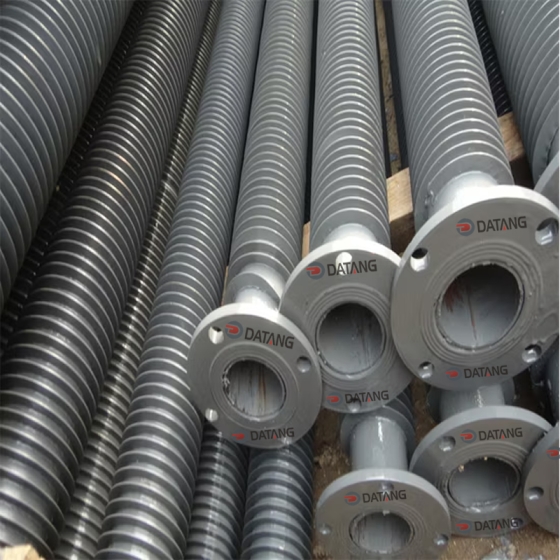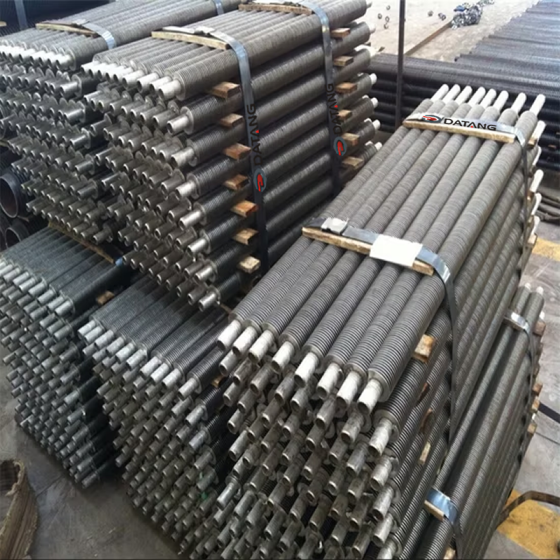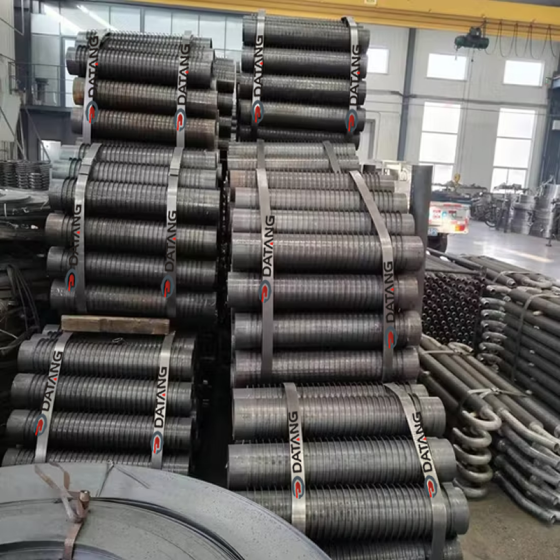Optimized Thermal Processing: ท่อครีบ Heat Exchangers for Yam Chip Drying
Introduction
Finned tube heat exchangers have revolutionized industrial drying processes, particularly in food applications like yam chip dehydration. Their unique design combines thermal efficiency with precise temperature control – critical factors for preserving nutritional quality while achieving commercial-scale productivity.
1. Structural Design and Heat Transfer Mechanism
The core component features:
- Base tube: Typically stainless steel (Grade 304/316) or carbon steel with anti-corrosion treatment, conveying thermal media (hot water/steam) at 0.6-1.2MPa pressure
- Fins: Aluminum or galvanized steel sheets (0.3-0.8mm thickness) welded/spirally wrapped to tubes, expanding surface area by 8-12x compared to bare pipes
Table 1: Typical Operating Parameters for Yam Chip Drying
StageTemperature Range (°C)Time (hrs)Humidity ControlHeat MediumInitial40-501.5-2≤60% RHHot water (70-80°C)Main50-603-4≤45% RHSteam (0.3-0.5MPa)Final45-501-1.5≤30% RHHot water (60-70°C)
2. Production Process Flow
Key manufacturing steps:
- Tube forming: Cold drawing process achieves seamless tubes with ≤0.1mm wall thickness tolerance
- Fin attachment: High-frequency welding ensures >95% contact ratio between fins/base tube
- Surface treatment: Electrophoretic coating (20-30μm) enhances corrosion resistance
- Assembly: Modular sections joined via flange connections (DN25-DN100 standards)
3. Performance Advantages
- Energy efficiency: 30-50% faster drying than conventional systems, reducing energy consumption by ~25%
- Quality preservation: Uniform temperature distribution (±2°C variation) prevents case hardening
- Low maintenance: Annual inspection intervals; CIP (Clean-in-Place) compatible designs
Conclusion
Modern finned tube systems address critical challenges in yam processing through intelligent thermal management, combining food-grade material selection with precision engineering. Their adaptable design supports both small-scale operations and fully automated production lines.
Drying fin tubes for yam slice drying
1. Accurate and efficient heat transfer
The structural design of the drying fin tube is ingenious, and the base tube works with the closely arranged fins. When the heat medium flows in the base tube, the heat is quickly transferred to the fins. The large area of the fins increases the contact opportunity with the surrounding air, allowing the heat to be quickly dissipated into the drying space.
For yam slice drying, accurate temperature control is essential. Yam slices of different varieties and thicknesses have specific requirements for temperature during the drying process.
The drying fin tube can accurately maintain the temperature in the drying room within an appropriate range by adjusting the flow rate, temperature and other parameters of the heat medium.
For example, in the initial drying stage, controlling the temperature at 40-50℃ can gently remove moisture from the surface of the yam slices, avoiding the hardening of the surface of the yam slices due to excessive temperature, which affects the discharge of internal moisture. As the drying process progresses, the temperature is appropriately increased to 50-60℃ to further accelerate the evaporation of moisture.
This precise and efficient heat transfer not only shortens the drying cycle of yam slices and improves production efficiency, but also retains the nutrients and flavor substances of yam slices to the greatest extent and improves their quality.
Datang fin tube factory survives by quality, seeks benefits from management, takes science and technology as the driving force for development, and regards integrity as the foundation of the enterprise.
2. Uniform and stable temperature field distribution of drying fin tubes
In the drying room, the reasonable layout and fin structure of the drying fin tubes make the hot air circulate evenly in the space.
Whether it is the area close to the fin tube or the relatively far corner, the yam slices can receive relatively balanced heat. This feature effectively avoids the uneven drying of yam slices caused by temperature differences. In large-scale yam slice drying production, a uniform temperature field can ensure the quality consistency of the entire batch of yam slices.
For example, if the temperature field is uneven, some yam slices may be over-dried and become crispy and fragile, while some may be under-dried and still have too much moisture, affecting the storage and sales of the product.
The uniform heating of the drying fin tube enables each yam slice to be gradually dehydrated and dried under the same ideal temperature environment, ensuring the standardized production of the product, reducing the loss and cost increase caused by quality differences, and improving the economic benefits and market competitiveness of the enterprise.
3. Drying fin tubes are durable, reliable and easy to maintain
Drying fin tubes are durable and reliable. Their materials are usually made of corrosion-resistant and high-temperature resistant metal materials, such as stainless steel or specially treated carbon steel.
During the drying process of yam slices, although the environment is relatively mild, long-term high temperature and high humidity environments may still have a certain impact on the equipment.
Drying fin tubes can withstand this test and maintain stable performance. Its surface is smooth and not easy to accumulate scale, reducing the risk of heat transfer affected by dirt accumulation.
In terms of maintenance, drying fin tubes are also more convenient. Simple operations such as regular inspections of whether there are leaks at the pipe joints and whether there is dust accumulation on the fin surface can ensure its normal operation.
If dust is found on the fin surface, it can be cleaned by gentle blowing or wiping without causing damage to the equipment.
This durable, reliable and easy-to-maintain feature reduces the operating cost and failure rate of the equipment, ensures the continuity and stability of the yam slice drying production, and provides strong support for the long-term and stable operation of the enterprise.
 dtfinnedtube.com
dtfinnedtube.com

